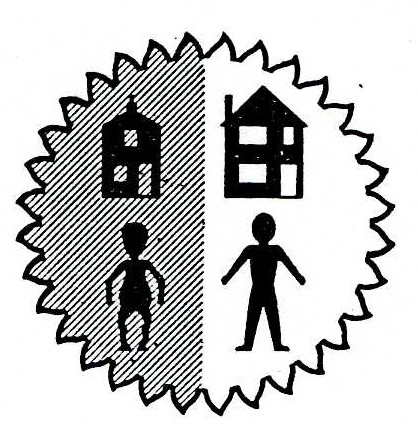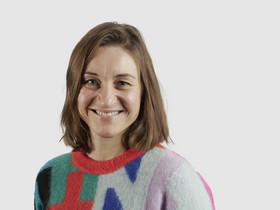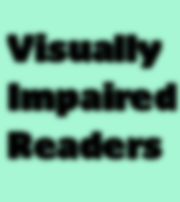
Behind Isotype Charts

Visualizing information, data or knowledge is a challenge that will increasingly become an important part of the graphic communication designer’s curriculum. Designers need to know how to select, understand and shape facts visually, how to formulate the written content while also meeting the needs of the recipients.
From the 1920s Otto and Marie Neurath were pioneers in doing so. Together with their associates they developed ISOTYPE (International System of Typographic Picture Education), a visual communication approach using pictograms to design all sorts of information for the layman.
In this connection, Marie Neurath (1898–1986) was the transformer whose role was to mediate between scientist and artist, and translate factual information into charts or what we today may call infographics. Her work raises some key issues about visual communication of information that are still relevant today.
The purpose of the present research is to provide a practical and historical perspective that sheds light on some of the everyday details of Marie Neurath’s work. This is important in order to avoid misconceptions of Isotype and to help contemporary designers understand the key principles of designing effective charts. The research concentrates on archive material from the Otto and Marie Neurath Isotype Collection, University of Reading, UK. This material forms the basis to look behind Isotype charts and for instance discuss the deliberate use of pictograms as convincing communication tools. From a broader design historical perspective, the objective is to place the Isotype work in the context of social welfare and planning in post-war Britain.















